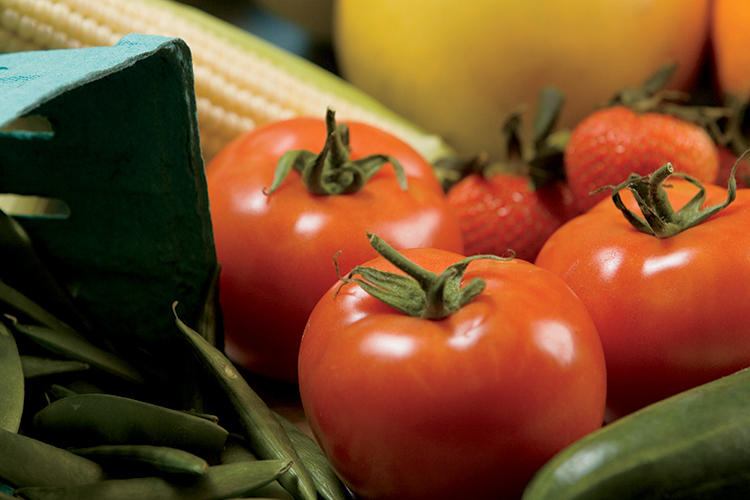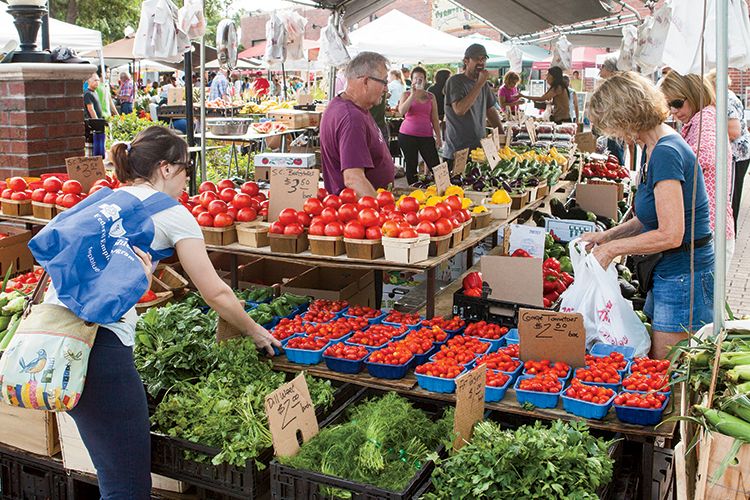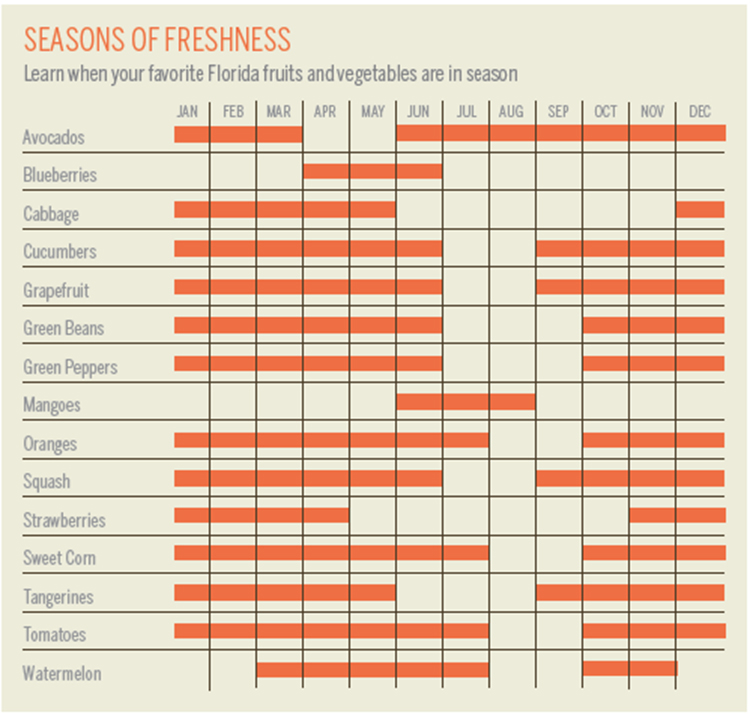Home > Florida > Florida Crops & Livestock > Florida Farmers Harvest Good Health Year-Round
Florida Farmers Harvest Good Health Year-Round
In partnership with: Florida Department of Agriculture and Consumer Services

Florida farmers play a significant role in providing fresh fruits and vegetables for American families all year, but during the winter months, they’re needed more than ever. If it weren’t for Florida producers, the eastern U.S. population would have to rely on imported produce or simply go without fresh fruits and vegetables in winter.
“Florida feeds fresh fruits and vegetables to all states east of the Mississippi River in the winter months, while California takes care of the western states,” says Paul Allen, co-owner and general manager at R.C. Hatton Farms in Pahokee, which grows more than 13,000 acres of sweet corn, green beans, sugarcane, celery, cotton, and peanuts in Florida and Georgia. “My business partner Roger Hatton’s father started our company in 1932. He came down from Kentucky because he realized Florida was growing in farming due to its warm weather.”
Like many Florida growers, R.C. Hatton Farms is a member of the Florida Fruit & Vegetable Association (FFVA), an organization that serves the people who grow, pack, and ship Florida’s fresh fruit and vegetable crops. The FFVA advocates for Florida’s specialty crop industry in both Washington, D.C. and Tallahassee, and helps growers with workforce needs, crop protection, water resource issues, marketing challenges and more.
“Consumers are often surprised when they learn how many different crops are grown by Florida’s farmers – there’s an incredible variety,” says Mike Stuart, president of the FFVA. “More than 300 commodities are produced in the state, including other products such as cattle, dairy, nursery and aquaculture.”
Citrus has long been Florida’s signature crop (orange juice, anyone?), but that’s only the beginning. Florida also produces berries, melons, sweet corn, tomatoes, bell peppers, snap beans, and many more fruits and vegetables Americans enjoy.
“Florida leads the nation in the production of many crops – in fact, we’re second only to California in terms of vegetable production,” Stuart says. “Florida ranks No. 1 in producing oranges, grapefruit, snap beans, cucumbers, squash, sweet corn, tomatoes, sugarcane and watermelons. The total annual value of Florida’s vegetable crop production alone is more than $1.4 billion.”

Innovative Farming Methods
R.C. Hatton became an industry leader by implementing new methods of production and packaging.
“We’re in the value-added business, so we take our sweet corn and green beans and package them in microwaveable bags, so they’re ready to cook,” Allen says. “All our planting equipment is GPS-operated, and our tractors have new emissions control devices to be environmentally responsible. We’re big into sustainability.”
R.C. Hatton uses innovative harvesting and packaging processes with partner company Hugh Branch Inc. for its sweet corn. Instead of packaging corn in the fields, R.C. Hatton crews take the corn to a climate-controlled packing house and pack it indoors, protected from the heat and elements. Corn is placed in returnable plastic containers, which help retailers unload and handle it more efficiently and cause it to arrive in better condition. R.C. Hatton corn is also hydro-chilled in 38-degree water to remove field heat and preserve its sweet flavor.
“Florida farmers are innovators. They’re always looking for ways to produce crops more efficiently while keeping a focus on quality, nutrition, food safety and demand in the marketplace,” Stuart says. “Our members – the growers, shippers and packers – are the most genuine and hardworking people. In many cases, their families have been in agriculture for three, four or five generations.
American consumers have come to expect healthy foods will be available to them year-round, thanks to Florida farmers.”




